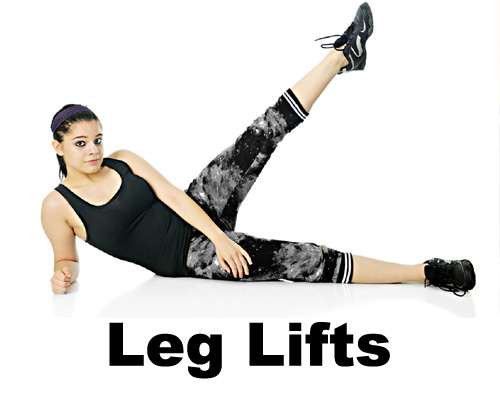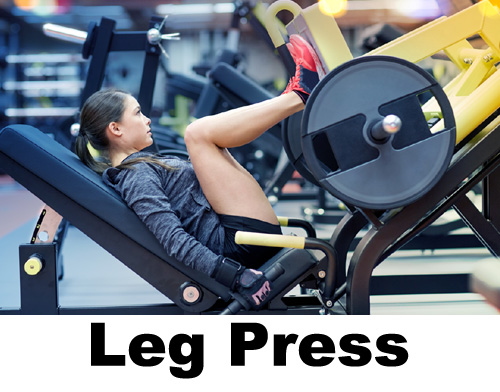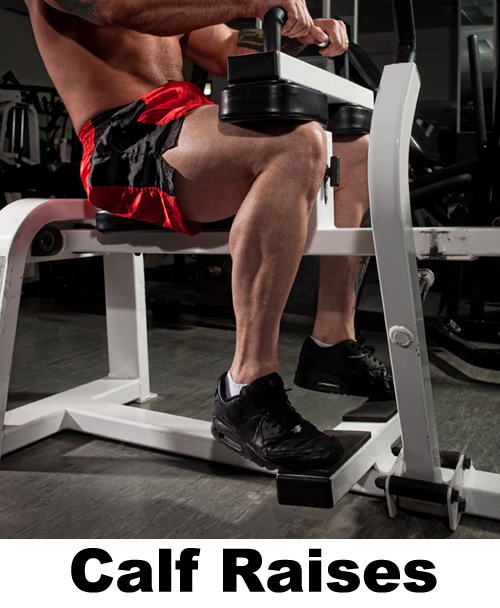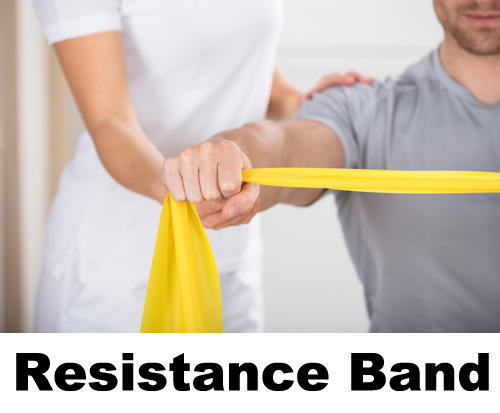Preventing Muscle Loss with a Broken Bone
Breaking a bone can be a traumatic ordeal. Beyond the initial pain, there's the hassle of dealing with braces or casts to keep things immobile so you can heal properly. But once things have mended, that's not the end of the problem.
An arm or leg in a cast starts to lose muscle mass in as soon as three days. Just four weeks in a cast can cause strength to drop in the immobilized limb by 20 to 45 percent. However, new research shows that doesn't have to happen.
In a study published in the April 12, 2018 issue of the Journal of Applied Physiology, researchers took 16 participants and put a cast on their non-dominant wrist. They then randomly divided the subjects into two groups. One group did resistance training (eccentric wrist flexion, three times a week) and the other went about their normal activities.
After four weeks, all the test subjects had things like muscle thickness and strength measured. Researchers compared the results to when the experiment started. There was little surprise that the people who didn't exercise, lost on average, 21% of their strength in the wrist that had a cast. Those same non-exercisers also lost about 3% of their muscle mass in the immobilized wrist.
The shocking part was what happened to the people who exercised their opposite wrist. The exercisers only lost a little over 2% of their strength and maintained almost all their muscle mass. That's right, the wrist in the cast lost almost no size or strength, if the opposite wrist was exercised regularly.
What that means for people with broken bones is huge. If you have to get a cast on your arm or leg, continue working out the rest of your body. You'll lose far less muscle, even in the limb you can't move.
One of the theories behind how it worked was a process called muscular mirroring. It was thought as you exercised the wrist on one side, you would unintentionally make small mirroring movements on the opposite side. But when sensors were used to record this effect, researchers found the contractions were too slight. There just didn't seem to be enough movement to keep the muscles as strong and healthy as the final results showed.
Future studies are looking into the idea that the nervous system or biochemical substances may be involved. But until then, researchers know one thing for sure. If you or someone you care about ends up in a cast, talk to your doctor about continuing to exercise the uninjured limb. Following are a few ideas of what you might try.
Foot, ankle, knee or leg injury. Check out exercises that keep you seated, on your back or on your side. Leg lifts can be done while lying down. Add leg presses while seated and calf raises on one leg.



Hand, wrist, elbow or arm injury. Single-arm movements like concentration curls or tricep pushdowns are effective. You can also use resistance bands. They look like large rubber bands. You attach one end to a stable object (like a post) and pull the other end. As you get stronger, you replace the thinner, easier to move bands, with thicker ones that provide more resistance.
 \
\


Cardio is important too, so think creatively. If you've broken a leg, look for someplace that has a recumbent bike with hand pedals. They're designed so that your legs don't have to move, you “pedal” with your arms to get the cardio workout.
Finally, consider the cast. If your cast is waterproof or you're wearing a removable brace, you can try aquatic exercises. Just remember that sweat can build up and cause problems like itching or mold. If the cast is made of plaster, excess sweat can harm the structure.
Always talk to your doctor or health care professional about any exercise program you intend on starting. Find out what you should and shouldn't do. You also might consider having a physical therapist or certified personal trainer build an appropriate routine.
Call for a FREE Consultation (305) 296-3434
CAUTION: Check with your doctor before
beginning any diet or exercise program.
8/4/2018
Updated 10/31/2020


